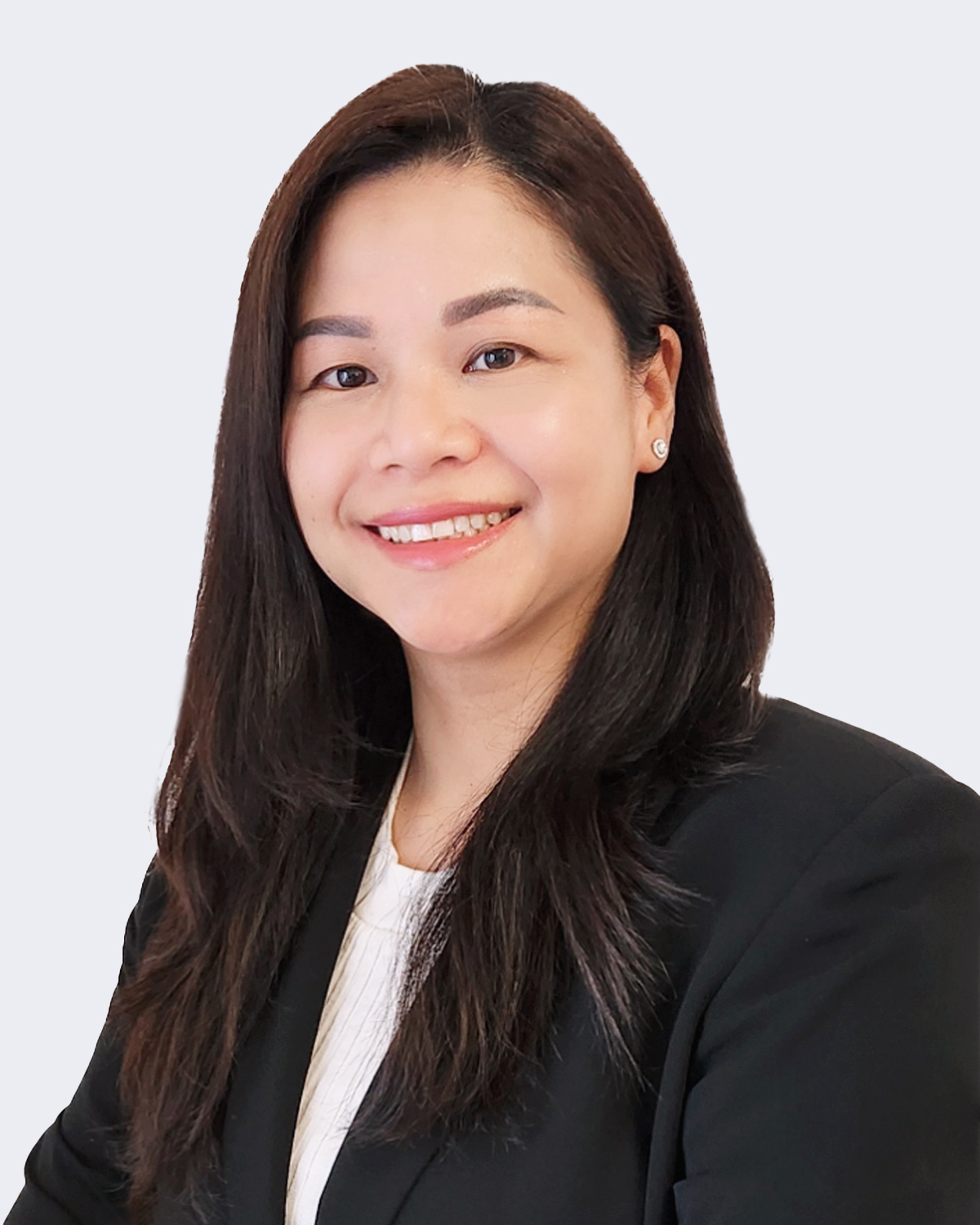
Under the ASEAN IPR Action Plan—a plan to harmonize intellectual property (IP) systems in the region—member countries such as Thailand are expected to join the Hague Agreement, which allows applicants to register a design in any number of participating countries by filing a single application. This saves applicants time and costs, compared with filing a separate application in each country where they want to register their design.
As Thailand is not yet a member of the Hague Agreement, this article looks at the process of applying for a design under the agreement, its impact on the European Union as a standard-bearer, and the possibility of integrating the agreement into Thailand’s design system.
Application Process
Under the Hague Agreement, instead of filing separate applications in different countries, applicants designate the countries in which they want to register their design at the time of filing an application at the World Intellectual Property Organization (WIPO). WIPO then examines the application to ensure that the correct formalities have been followed.
Applicants from countries that belong to the Hague Agreement must follow certain formality rules. For example, they must allow dotted or broken lines in parts of a design where protection is not sought. Photographs or other graphic representations are allowed. If an application meets the formality requirements, WIPO will publish the design in the International Design Bulletin. The countries designated in the application are notified, after which they must examine the application according to their own design laws.
Each country must decide whether to register or reject the design within six months. If a country has an objection system, it has 12 months to render a decision. Conditions that are acceptable in one country may not be acceptable in another, so an applicant needs to ascertain each country’s requirements before filing an application.
Impact on the European Union
The EU joined the Hague Agreement in 2008. When a design application designating the EU as the registration jurisdiction is filed and published, the European Union Intellectual Property Office (EUIPO) receives a notification from WIPO and examines the application.
EUIPO examines whether the design complies with Article 9 of the Community Design Regulation, which does not allow a design to be registered if it is contrary to public policy or accepted principles of morality. Then it sends a notification of either refusal or acceptance to WIPO, which forwards the notification to the applicant.
If a notification of refusal is issued, the applicant can amend the application and may submit a response directly to EUIPO. If EUIPO finds that the applicant has overcome the refusal, it issues a notice to withdraw the refusal.
EUIPO requires the representation of each design to consist of at least one view, and each design is limited to seven views. There can be more than one design in an application as long as they are all in the same Locarno Classification or international classification of industrial design. The term of protection is five years from the date of filing, and this can be renewed for additional terms of five years each, up to 25 years.
Thailand’s Design System
Thailand’s design system differs from that of the EU under the Hague Agreement in a number of ways. A Thai design application requires a claim and seven views of the design with some exceptions such as surface patterns that do not have any dimensions. The representations include top, bottom, left, right, front, back, and perspective views. Only one design is allowed per application.
Even if there is a variation of the design, a separate application must be filed for each variation. Dotted or dashed lines cannot be used in representations of the design. The prosecution process begins with a preliminary examination.
If the requirements are met, the application is published. The objection period lasts for 90 days after the date of publication. After the objection period, the application is substantively examined. To receive protection, the design must be new. The term of protection is ten years from the date the application was filed in Thailand, and extensions are not available.
Hague Compliance
Before Thailand accedes to the Hague Agreement, a number of changes must be made to the country’s current design system. Some considerations include whether Thailand should remove substantive examination, keep the requirement to have a claim, extend the terms of protection, and accept multiple design applications.
In addition, the Intellectual Property Department has a limited number of examiners, meaning that deciding whether to register or reject a design within 12 months may be challenging. To speed up the process and meet this requirement, the department may consider combining preliminary examination with substantive examination or eliminating substantive examination altogether.
Changes to Thailand’s design system must be made before the country accedes to the Hague Agreement. Once these changes are made, the country will be able to fulfill its obligations as an ASEAN member, and applicants will benefit from reduced times and costs to register designs.
